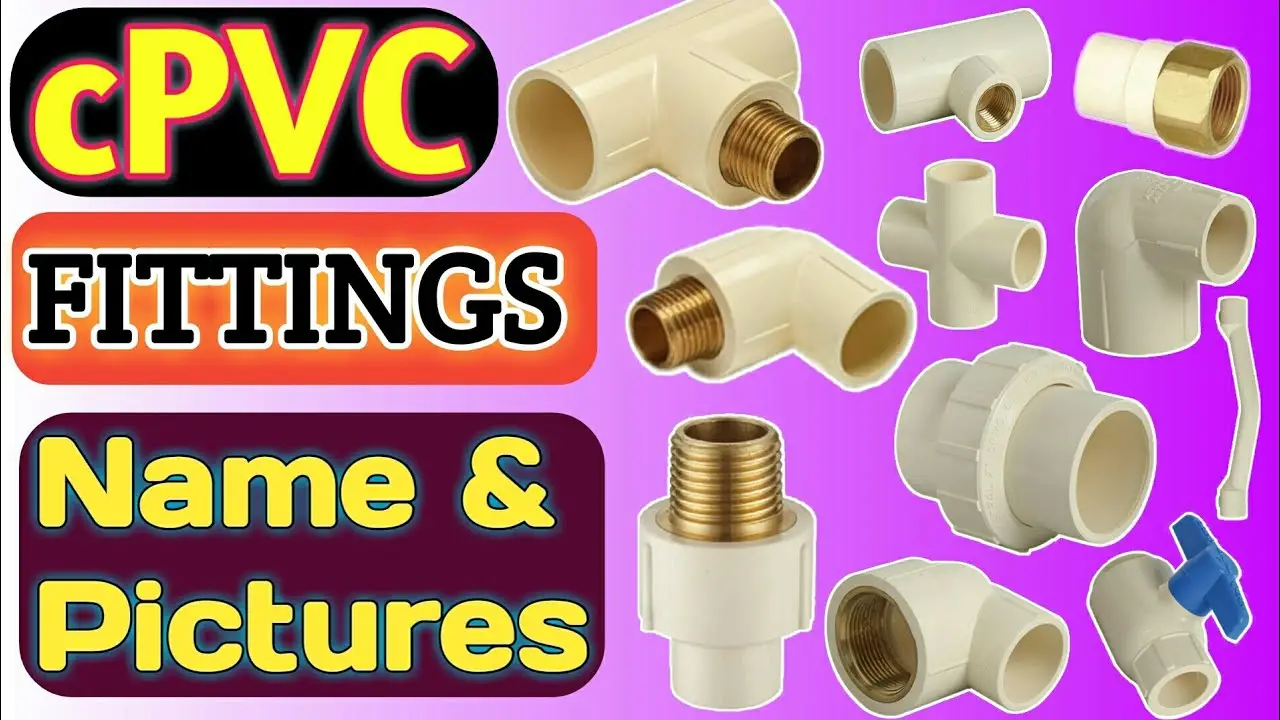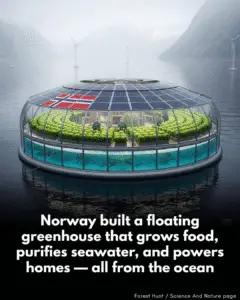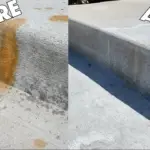Chlorinated Polyvinyl Chloride pipe or short as CPVC has been a major innovation in plumbing industry. The pipes are strong, reliable, and durable. A lot of homeowners now prefer to opt for CPVC as it can withstand high temperature and high-pressure. Anyhow, it is ideal for both residential and commercial applications. Even in some industrial installation, experts prefer to use CPVC pipe fittings.
What is CPVC Pipe?
It is abbreviated as Chlorinated Polyvinyl Chloride pipe. It was originally developed by Lubrizol, a Berkshire Hathaway company, Advanced Materials since 1959. The use of this pipe in water and sewage systems results from its efficiency and durability. It has the ability to withstand high temperatures and pressures and makes it very useful for industrial, commercial and residential purposes.
What is PVC pipes?
This pipe is made of PVC pipes by adding chlorine in water slurry or fluid bed chlorination process. But as we know, this reaction cannot happen easily, so this reaction of adding chlorine to the PVC pipe is initiated by UV (ultraviolet) rays. And the main reason for doing this process of converting PVC pipes to CPVC pipes is to increase their resistance to heat and temperature. It also increases its ability to prevent chemical corrosion, chemical filtration and fire in pipes. CPVC technology has the ability to resist the growth of bacteria, as well as in water purification process, it resist chlorine and other disinfectants.
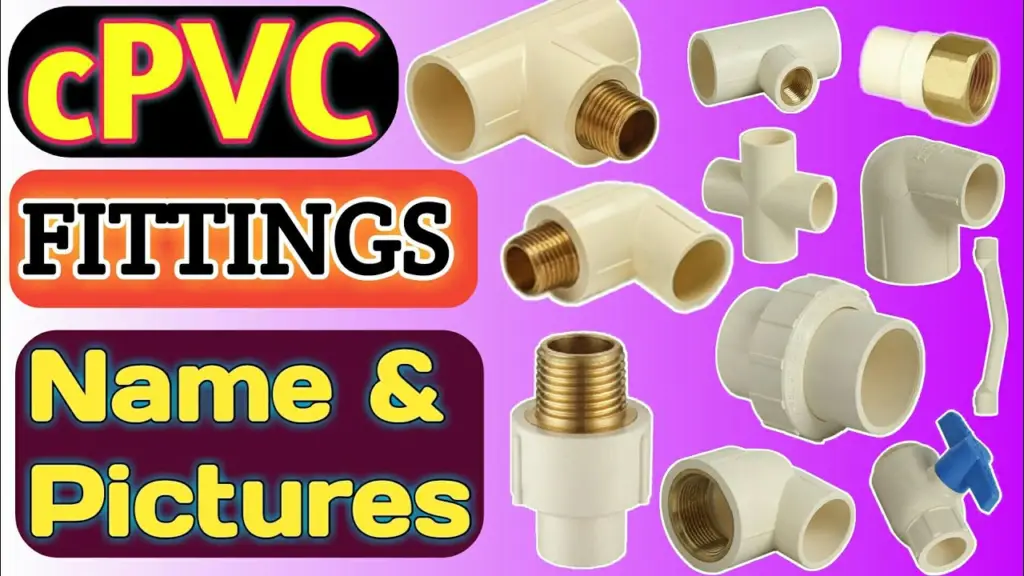
CPVC pipes also have the ability to reduce the growth of biofilm.
The time required for the installation of CPVC pipe system is 50 % faster as compared to PPR pipe.
There is no need of any specialized equipment, heavy machinery, electricity or heat, resulting in an easy installation with simplest hand tools.
The installation cost is cheaper as compared to other pipe fittings.
It is durable and reliable plumbing piping system.
Difference between CPVC and PVC pipes
| Feature | PVC Pipes | CPVC Pipes |
| Material | Polyvinyl Chloride | Chlorinated Polyvinyl Chloride |
| Maximum Temperature | 140°F (60°C) | 200°F (93°C) |
| Maximum Pressure | 450 PSI | 400 PSI |
| Chemical Resistance | Sensitive to certain chemicals, including some solvents | Resistant to a wider range of chemicals than PVC |
| Fire Resistance | PVC pipes are highly flammable | CPVC pipes are fire-retardant and self-extinguishing |
| Cost | PVC pipes are cheaper than CPVC pipes | CPVC pipes are more expensive than PVC pipes |
| Installation | PVC pipes are easier to install and require less expertise | CPVC pipes require specialized tools and more expertise |
| Environmental Impact | PVC pipes are not considered environmentally friendly | CPVC pipes are considered a more eco-friendly option than PVC |
Pros and Cons of PVC pipes:
Pros: PVC pipes are affordable, lightweight, and easy to install. They are also resistant to corrosion, making them ideal for use in harsh environments.
Like Us on Facebook!
Cons: PVC pipes have a lower maximum temperature and are sensitive to certain chemicals. They are also not fire-resistant and are not considered an environmentally friendly option.
Subscribe Us on YouTube!
Also Read: How to tell if a pipe burst underground?
Pros and Cons of CPVC pipes:
Pros: CPVC pipes are more resistant to a wider range of chemicals than PVC pipes. They are also fire-retardant and self-extinguishing, making them a safer option.
Also Read: The Importance of Commercial Plumbing
Cons: CPVC pipes are more expensive than PVC pipes and require specialized tools and more expertise to install. While they are considered more eco-friendly than PVC, they still have a negative impact on the environment.
Difference between PE and CPVC pipe fittings
| Feature | CPVC Pipes | PE Pipes |
| Material | Chlorinated Polyvinyl Chloride | Polyethylene |
| Maximum Temperature | 200°F (93°C) | 140°F (60°C) |
| Maximum Pressure | 400 PSI | 200 PSI |
| Chemical Resistance | Resistant to a wide range of chemicals | Resistant to most chemicals, except for strong oxidizing agents |
| Fire Resistance | CPVC pipes are fire-retardant and self-extinguishing | PE pipes are highly flammable |
| Cost | CPVC pipes are more expensive than PE pipes | PE pipes are cheaper than CPVC pipes |
| Installation | CPVC pipes require specialized tools and more expertise | PE pipes are relatively easy to install |
| Environmental Impact | CPVC pipes are considered a more eco-friendly option than PVC | PE pipes are considered more environmentally friendly than CPVC |
Pros and Cons of PE pipes:
Pros: PE pipes are cheaper than CPVC pipes and are relatively easy to install. They are also highly resistant to most chemicals, except for strong oxidizing agents, making them ideal for use in harsh environments.
Cons: PE pipes have a lower maximum temperature and are highly flammable. While they are considered more environmentally friendly than CPVC, they still have a negative impact on the environment.
Also Read: Complete Comfort Plumbing
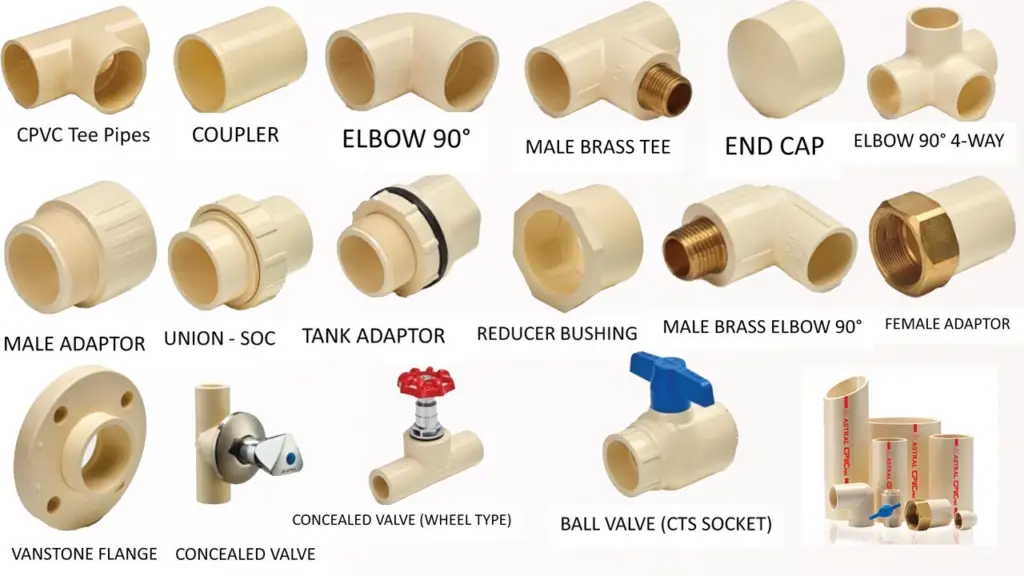
Different CPVC pipe fitting names
| CPVC Pipe Fitting Component | Application | Cost (Approximate) |
| Coupling | Connects two pipes together | $2-$5 |
| Elbow | Changes direction of the flow by 90 or 45 degrees | $2-$5 |
| Tee | Connects three pipes together | $3-$7 |
| Reducing Tee | Connects three pipes of different sizes together | $5-$10 |
| Union | Connects two pipes together, allowing them to be taken apart | $10-$15 |
| Adapters | Connects two different types of pipes together | $5-$10 |
| Ball Valve | Controls flow through a pipe | $15-$30 |
| Check Valve | Allows flow in only one direction | $20-$40 |
| Butterfly Valve | Regulates flow through a pipe | $25-$50 |
| Flange | Connects pipes together and allows for easy disassembly | $20-$30 |

